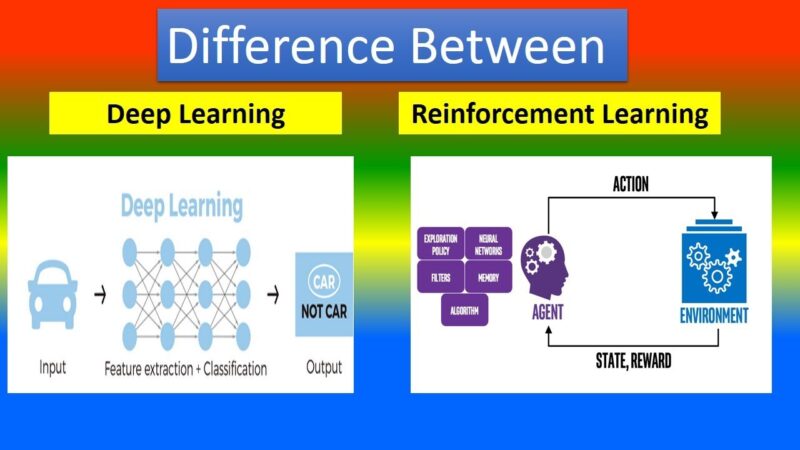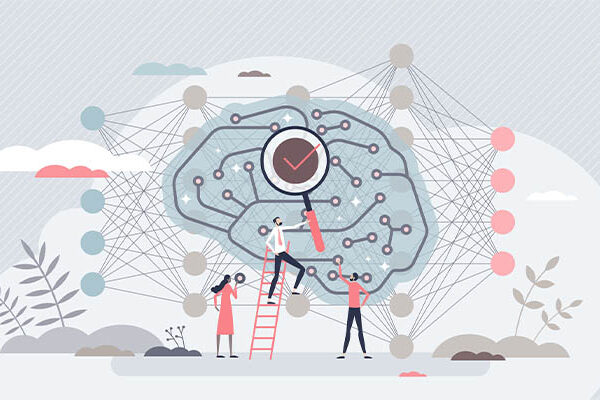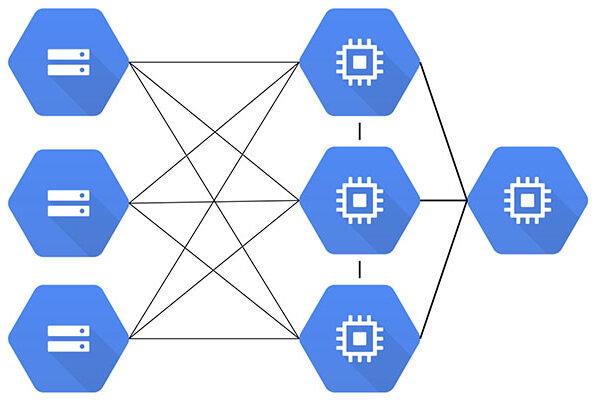Both deep learning and reinforcement learning are closely related to the computational power of artificial intelligence. They are autonomous machine learning functions that pave the way for computers to create their own principles when coming up with solutions. These two types of learning may also coexist in several projects. Typically, deep learning uses current data, while reinforcement learning uses trial and error to compute predictions. The main difference between deep learning and reinforcement learning is their learning techniques. Taking the training set and further applying that learning to a new dataset is called deep learning. Reinforcement learning, on the other hand, can be implemented through continuous feedback-based action adjustments to maximize rewards. The following discussion further explores the difference between deep learning and reinforcement learning.
Table of Contents
What is Deep Learning?
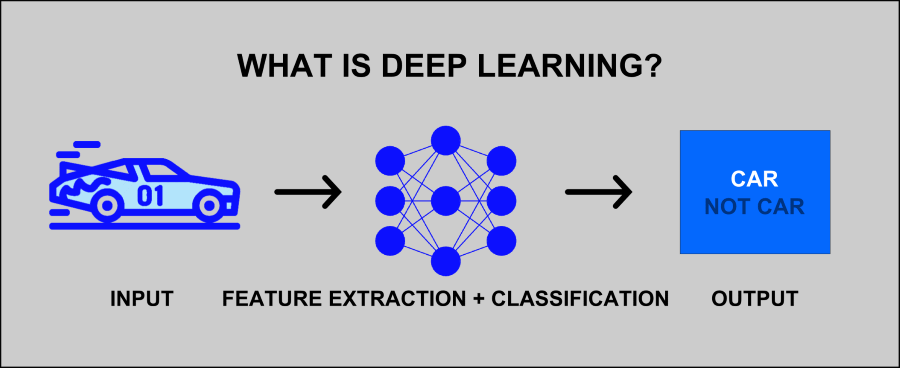
Deep learning is essentially an autonomous, self-taught system in which you use existing data to train algorithms to find patterns, and then use those algorithms to make predictions on new data. For example, you can train a deep learning algorithm to recognize cats in photos. You can do this by feeding it millions of images that either contain cats or don’t. The program will then build patterns by classifying and clustering image data such as edges, shapes, colors, distances between shapes, etc. These patterns would then inform a predictive model that was able to look at a new set of images and predict whether they contained cats based on the model created using the training data.
Deep learning algorithms do this by simulating different artificial neural network layers of the network of neurons in our brains. This allows the algorithm to perform various loops to narrow the pattern and improve the predictions for each loop.
A good example of deep learning in practice is Apple’s Face ID. When you install your phone, you train the algorithm by scanning your face. Every time you log in with Face ID, the TrueDepth camera captures thousands of data points that create a depth map of your face, which the phone’s built-in neural engine analyzes to predict if it’s you.
What is Reinforcement Learning?
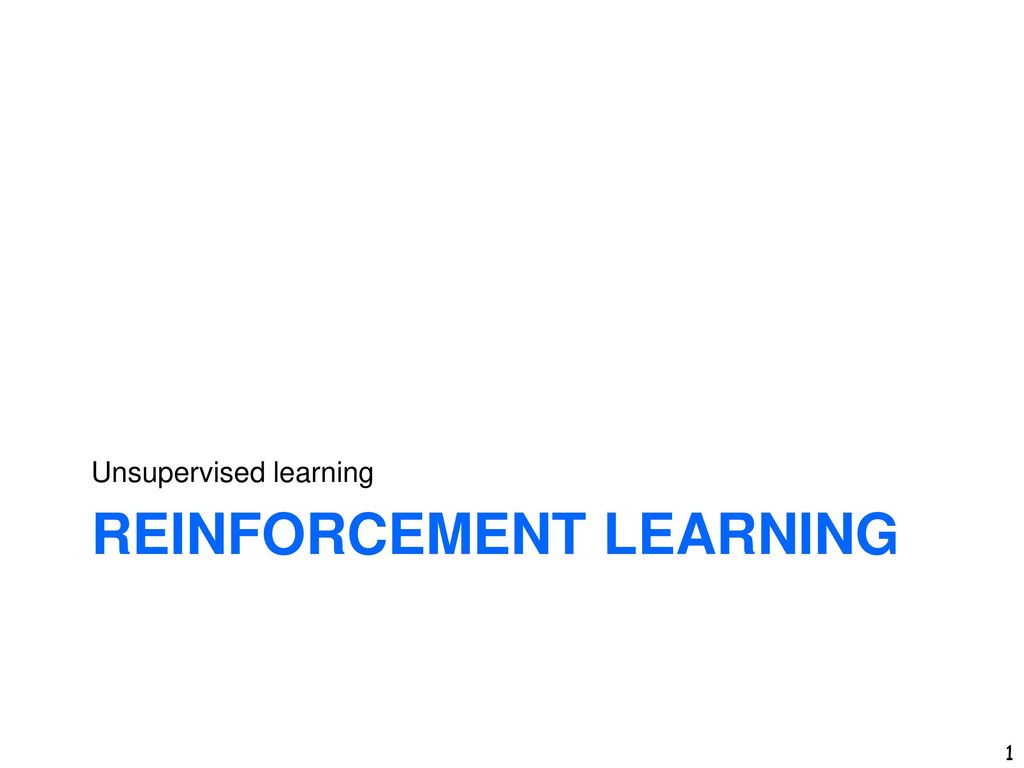
Reinforcement learning usually derives predictions through trial and error. From an artificial intelligence perspective, it was developed in the late 1980s; it is based on the results of animal experiments, the concept of optimal control, and the temporal difference method. Besides supervised and unsupervised learning, reinforcement is one of the fundamental paradigms of machine learning. As the name suggests, the algorithm is trained with rewards.
For example, artificial intelligence was developed to play alongside humans in a certain mobile game. Every time the AI fails, the algorithm is modified to maximize its score. Therefore, this technique can learn from mistakes. Over many cycles, AI has evolved and gotten better at beating human players. Reinforcement learning is applied to a variety of cutting-edge technologies, such as improving robotics, text mining, and healthcare.
Read More:
Difference between Deep Learning and Reinforcement Learning
- Deep learning leverages current information in teaching algorithms to find relevant patterns that are crucial in forecasting data.
- Reinforcement learning usually derives predictions through trial and error.
- Deep learning applies learned patterns to a new set of data, while reinforcement learning gains from feedback.
- Deep learning requires existing datasets to learn, while reinforcement learning does not require current datasets.
- Deep learning is often applied to recognition and area reduction tasks, while reinforcement learning is often associated with environmental interactions with optimal control.
- Deep Learning is also known as Hierarchical Learning or Deep Structured Learning while Reinforcement Learning has no other term.
- Deep learning is one of many machine learning methods, and reinforcement learning is one of three basic machine learning paradigms.
- Deep learning was introduced in 1986, while reinforcement learning was developed in the late 1980s.
Deep Learning VS.Reinforcement Learning
- study skills
Deep learning is able to perform targeted behaviors by analyzing existing data and applying the learned knowledge to a new set of information. Reinforcement learning, on the other hand, is able to change its response by adapting to continuous feedback.
- the existence of data
Deep learning works with data that already exists because it is essential when training algorithms. As for reinforcement learning, it is exploratory in nature and can be developed without current datasets as it learns by trial and error.
- application
Deep learning is used for image and speech recognition, deep network pre-training, and dimensionality reduction tasks. In contrast, reinforcement learning is used to interact with external stimuli with optimal control, such as in robotics, elevator scheduling, telecommunications, computer games, and medical AI.
- also known as
Deep Learning is also known as Hierarchical Learning or Deep Structured Learning while Reinforcement Learning has no other widely known term.
- machine learning
Deep learning is one of many machine learning methods. On the other hand, reinforcement learning is a field of machine learning; it is one of three basic paradigms.
- human brain
Compared to deep learning, reinforcement learning is closer to the capabilities of the human brain because this intelligence can be improved through feedback. Deep learning is mostly used for recognition and has less to do with interaction.
- history
Deep learning was first introduced by Rina Dechter in 1986, while reinforcement learning was developed in the late 1980s based on the concepts of animal experiments, optimal control, and temporal difference methods.
Conclusion
It can be concluded that deep and reinforcement learning are closely related to computational learning in artificial intelligence. Deep learning is used for speech and image recognition, dimensionality reduction tasks, and deep network pre-training. Conversely, reinforcement learning can be used in telecommunications, robotics, computer games, elevator scheduling, and medical AI. Deep Learning is also known as Hierarchical or Deep Structural Learning while Reinforcement Learning has no other term.
Deep learning and reinforcement learning are autonomous machine learning capabilities that enable computers to create their own principles when coming up with solutions.

